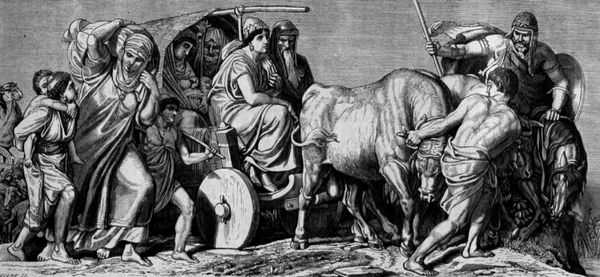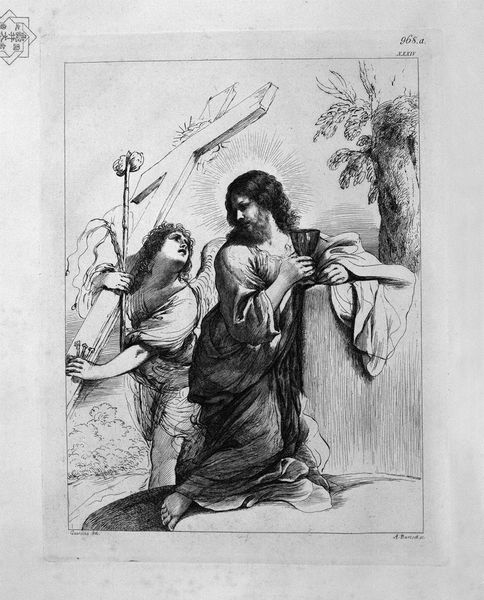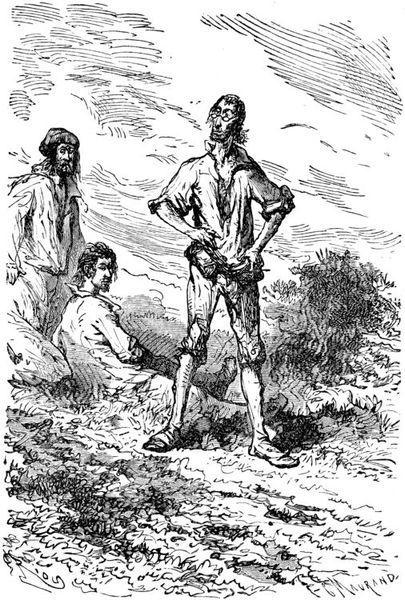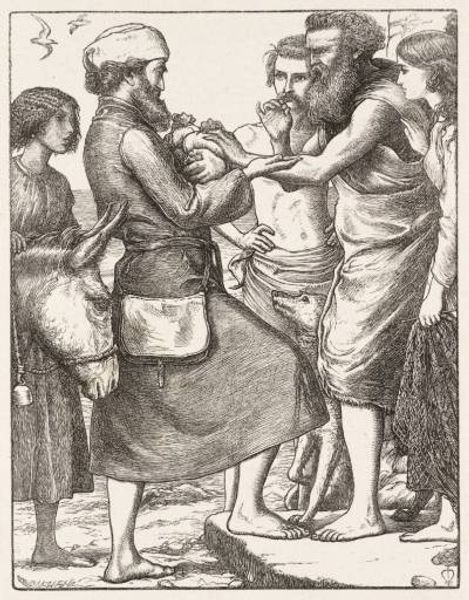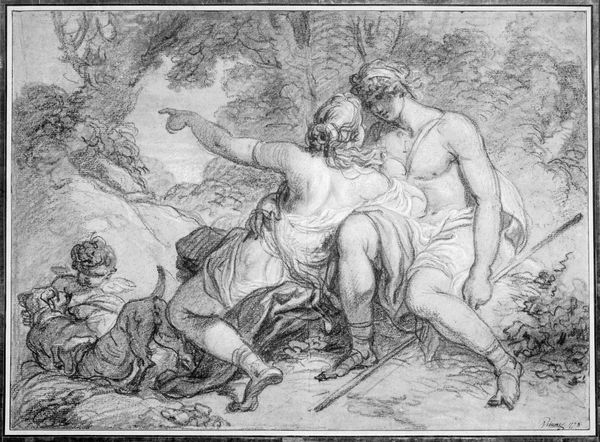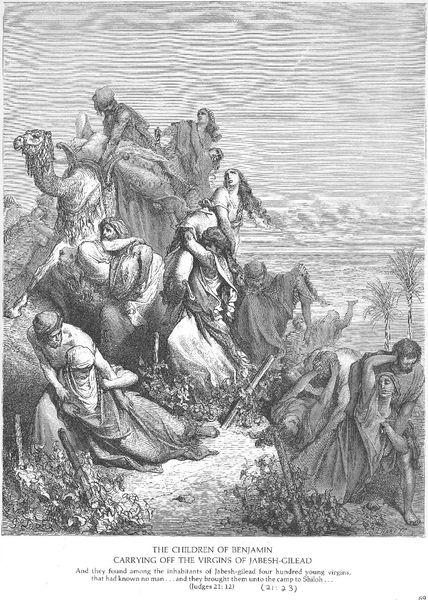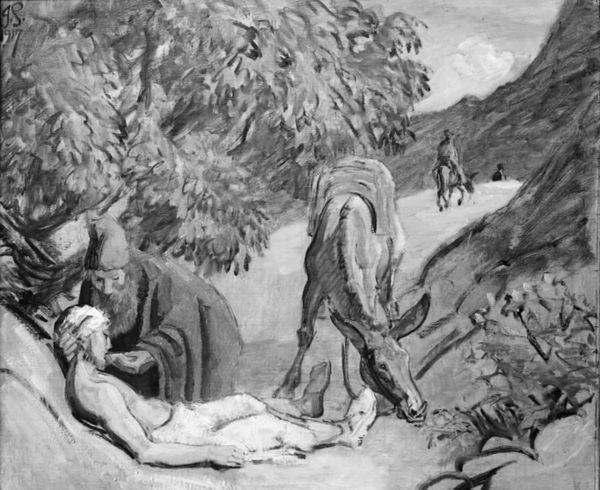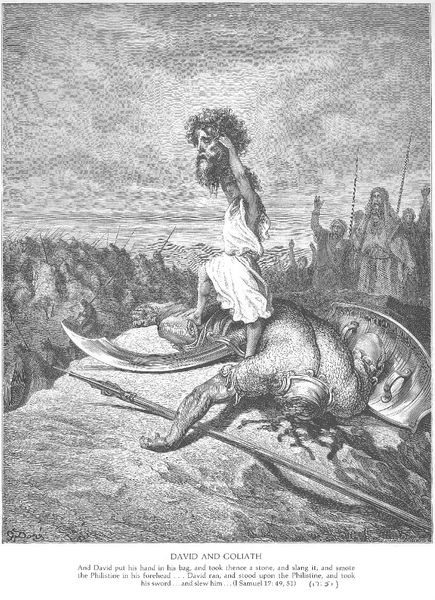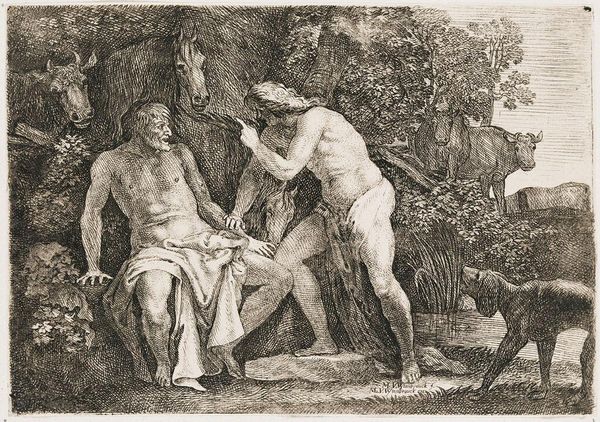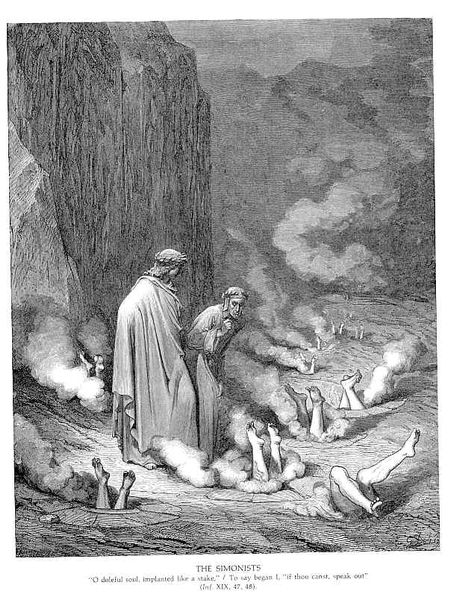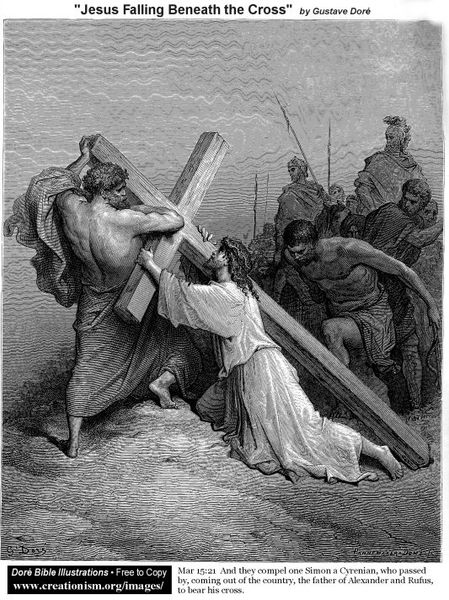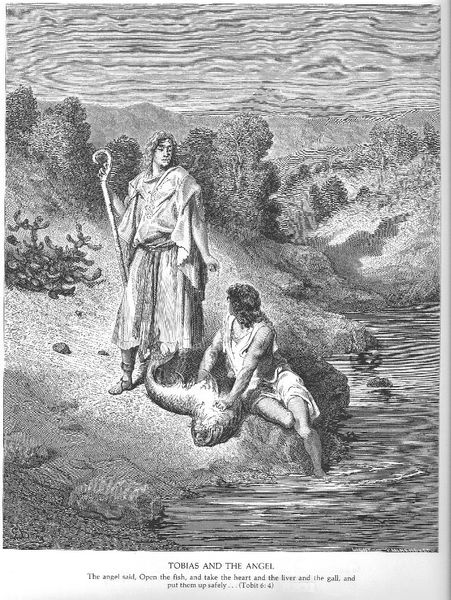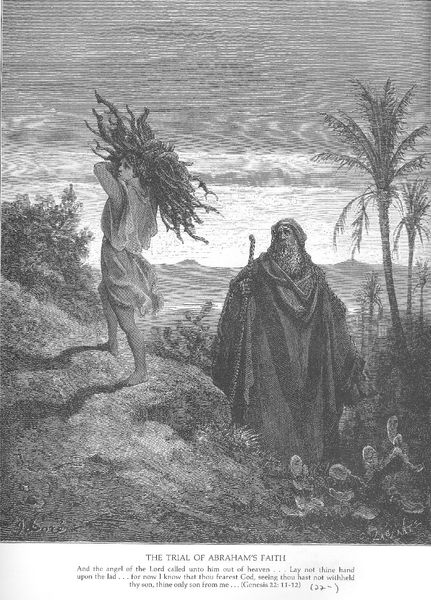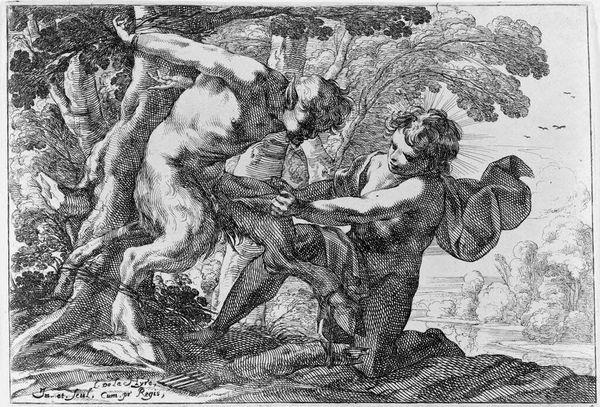
Athene followed by Nike Disputing with Poseidon for Possession of Attica 1819 - 1880
0:00
0:00
drawing, paper
#
drawing
#
allegory
#
greek-and-roman-art
#
landscape
#
figuration
#
paper
#
history-painting
#
academic-art
Dimensions: 36.5 cm (height) x 49.5 cm (width) (Netto)
Curator: Looking at this drawing by Constantin Hansen, made between 1819 and 1880, what’s your first impression? Editor: I’m immediately struck by the somewhat stark, theatrical staging. The figures feel monumental despite being rendered on paper, and the classical references are undeniable. There's a story unfolding here. Curator: Absolutely. The artwork is titled "Athene followed by Nike Disputing with Poseidon for Possession of Attica". It’s an allegorical scene. How do you see the artist’s choices influencing its impact? Editor: Hansen's use of academic style seems deliberate. He employs linear precision and carefully controlled tonality in this drawing, while creating this dynamic composition that reinforces the seriousness of the conflict. The choice of drawing rather than a full painting speaks to a study, a moment of planning perhaps for a larger political statement. Curator: That's a very astute observation. Let’s consider the role of the paper itself. It appears almost as a stage, presenting a controlled arena for these mythological figures. Hansen meticulously crafted this depiction, embedding academic tradition within a landscape style that frames the epic narrative, almost giving the landscape its own significance. Editor: And the visibility of the medium, in a way, brings focus to how academic art served its commissioners: by presenting morality tales and historical moments, often meant to legitimize patrons and institutions. Curator: Precisely. Hansen’s choice of paper emphasizes drawing as a process, as a tool for intellectual exploration of these concepts, before any application of more durable, or expensive materials. This lends it a certain intimacy. Editor: Right, it feels more immediate and less mediated than a painting might. Considering where this artwork is housed, the Statens Museum for Kunst, we can examine the public role art has assumed and continues to serve today, by presenting interpretations of history through allegory. Curator: What remains most interesting to me, after revisiting this piece, is that careful combination of technical draftsmanship and political intention embedded in its academic design. Editor: I agree. It makes you ponder on how such artworks both mirrored and shaped cultural values, solidifying the public’s understanding of power and tradition.
Comments
No comments
Be the first to comment and join the conversation on the ultimate creative platform.
